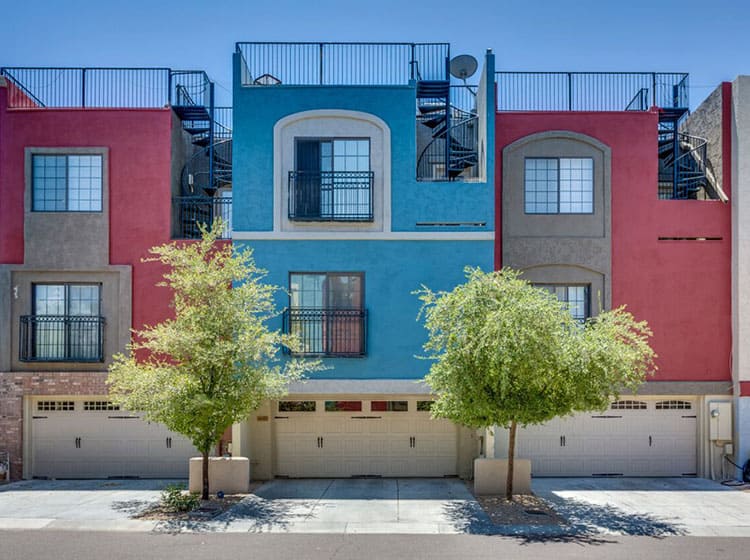Examine The Duty Of Seasonal Factors In The Success Of Business Outside Paint And Uncover The Best Times To Safeguard Lasting Outcomes For Your Task
Examine The Duty Of Seasonal Factors In The Success Of Business Outside Paint And Uncover The Best Times To Safeguard Lasting Outcomes For Your Task
Blog Article
Published By-Korsholm Rodriquez
When you're intending a commercial exterior painting job, seasonal factors can make or break your results. local exterior house painters 'll want to take into consideration just how temperature level and humidity effect paint application and drying times. Choosing the best season can guarantee your paint adheres properly and lasts much longer. Yet which periods are absolutely the very best for this kind of job? Let's check out the crucial elements that can impact your project's success.
The Impact of Temperature Level on Paint Application
When you're planning an industrial exterior painting project, the temperature can dramatically affect exactly how well the paint sticks and dries.
Ideally, you wish to repaint when temperatures range in between 50 ° F and 85 ° F. If painting your house in minnesota 's as well cold, the paint may not treat effectively, bring about concerns like peeling or splitting.
On the other side, if it's also warm, the paint can dry out also rapidly, preventing appropriate adhesion and causing an unequal finish.
You ought to also think about the time of day; early morning or late afternoon provides cooler temperature levels, which can be more beneficial.
Constantly examine the manufacturer's referrals for the specific paint you're using, as they commonly provide assistance on the optimal temperature range for ideal outcomes.
Humidity and Its Result on Drying Times
Temperature isn't the only ecological factor that influences your business outside painting job; moisture plays a significant duty too. High moisture degrees can slow down drying times considerably, affecting the overall top quality of your paint job.
When the air is saturated with moisture, the paint takes longer to treat, which can result in issues like inadequate adhesion and a greater threat of mold growth. If you're painting on a particularly damp day, be prepared for extensive wait times in between layers.
It's vital to check local weather conditions and plan appropriately. Preferably, aim for humidity levels between 40% and 70% for optimal drying out.
Maintaining these factors in mind ensures your project stays on track and delivers a long lasting surface.
Best Seasons for Commercial Exterior Painting Projects
What's the most effective season for your business exterior painting jobs?
Spring and very early autumn are normally your best choices. Throughout these seasons, temperature levels are light, and moisture degrees are usually reduced, creating perfect conditions for paint application and drying out.
Prevent summertime's intense heat, which can trigger paint to dry also rapidly, causing poor adhesion and coating. Likewise, winter months's chilly temperature levels can impede correct drying out and healing, risking the longevity of your paint job.
Click On this site for days with temperatures in between 50 ° F and 85 ° F for optimum outcomes. Remember to check the neighborhood weather forecast for rainfall, as damp conditions can wreck your task.
Planning around these elements guarantees your paint job runs smoothly and lasts much longer.
Final thought
Finally, preparing your industrial exterior paint tasks around seasonal considerations can make a considerable distinction in the outcome. By scheduling job during the suitable temperatures and moisture levels, you'll make sure far better attachment and drying times. Bear in mind to keep an eye on regional weather report and select the correct time of year-- springtime and very early autumn are your best choices. Taking these steps will help you achieve a long lasting and professional finish that lasts.
